Street Photography
The Art of Capturing the Candid Moment
Gordon Lewis
Ebook, Photography, Print, Print and digital bundle, Specialized Topics, Street
Since the advent of the camera, there have been photographers whose mission is to record and interpret the public sphere in all its aspects. Eugene Atget documented evidence of everyday life in the streets as well as the buildings and monuments of Paris. Henri Cartier-Bresson pursued what he called &ldquo...
Read More
Read More
- Print and eBook Bundle: $39.95
- Print Book: $29.95
- eBook: $23.99
| BOOK AUTHOR | Gordon Lewis |
|---|---|
| PAGE COUNT | 144 pages |
| TRIM SIZE | 8 x 10in |
| COVER | Soft Cover |
| ISBN | 978-1-937538-37-8 |
| PUBLISH DATE | 05/2015 |
1 review for Street Photography
You must be logged in to post a review.
Related Products
-
Sale!
06/2015 On Sale!
Art and Inspiration, Black and White, Camera Brands, Ebook, Photography, Print, Print and digital bundle, Topics and Techniques, Sale $25.00 – $45.00 -
The Pocket Guide to the Panasonic Lumix LX100
Camera Brands, Ebook, Panasonic, Photography $11.99 – $24.95 -
08/2015
Camera Brands, Ebook, Fujifilm, Photography, Print, Print and digital bundle $19.99 – $34.95Mastering the Fujifilm X100T and X100S
Camera Brands, Ebook, Fujifilm, Photography, Print, Print and digital bundle $19.99 – $34.95
Related Products
-
Sale!
06/2015 On Sale!
Art and Inspiration, Black and White, Camera Brands, Ebook, Photography, Print, Print and digital bundle, Topics and Techniques, Sale $25.00 – $45.00 -
08/2015
Camera Brands, Ebook, Fujifilm, Photography, Print, Print and digital bundle $19.99 – $34.95Mastering the Fujifilm X100T and X100S
Camera Brands, Ebook, Fujifilm, Photography, Print, Print and digital bundle $19.99 – $34.95 -
The Pocket Guide to the Panasonic Lumix LX100
Camera Brands, Ebook, Panasonic, Photography $11.99 – $24.95

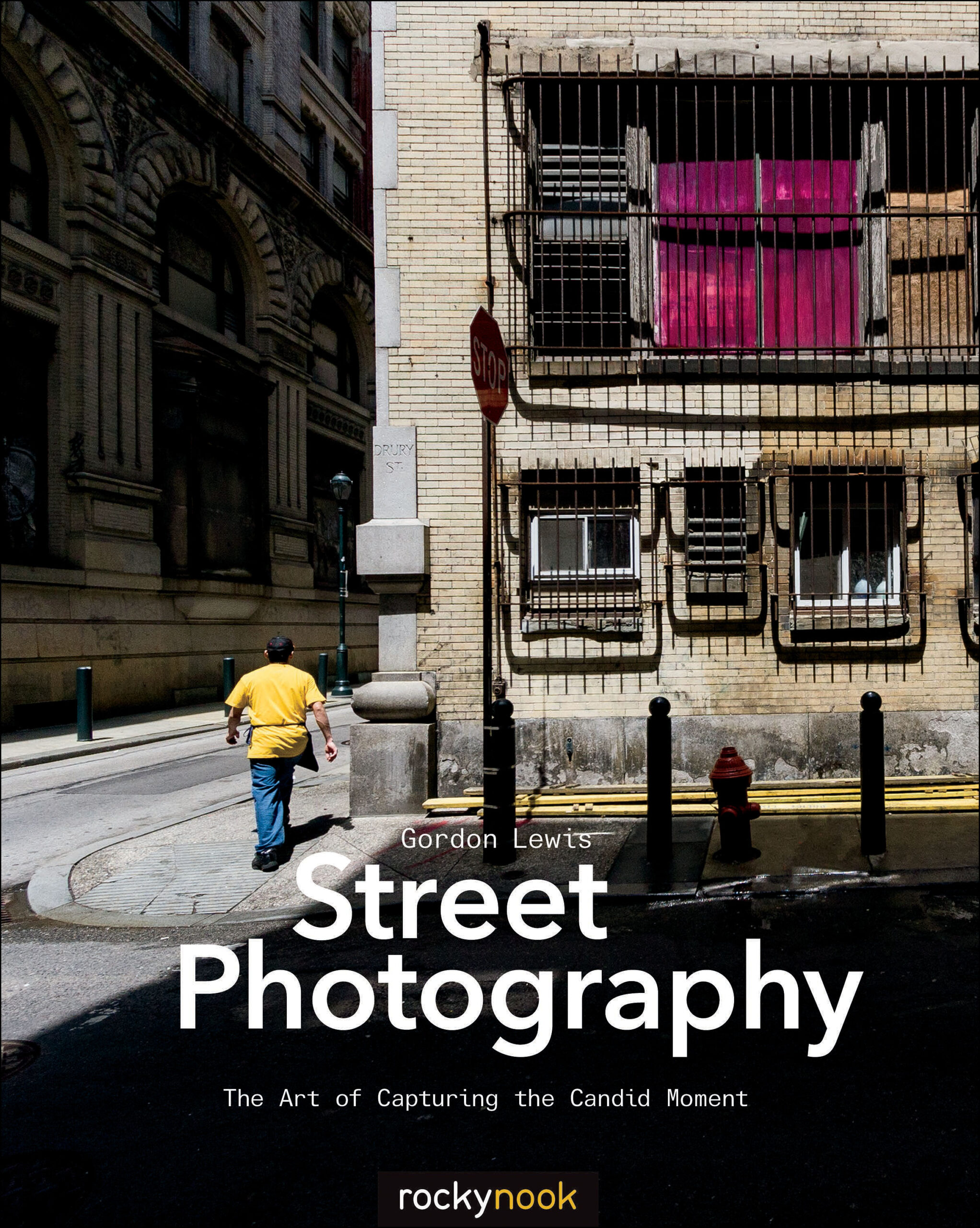
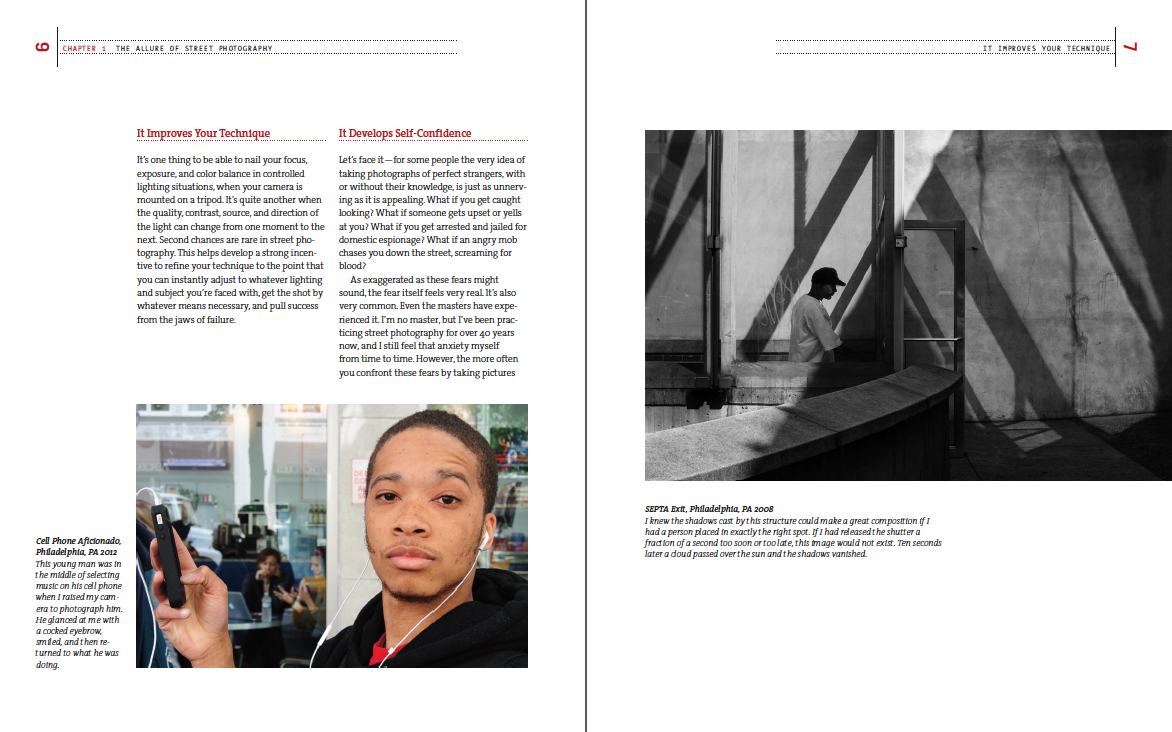
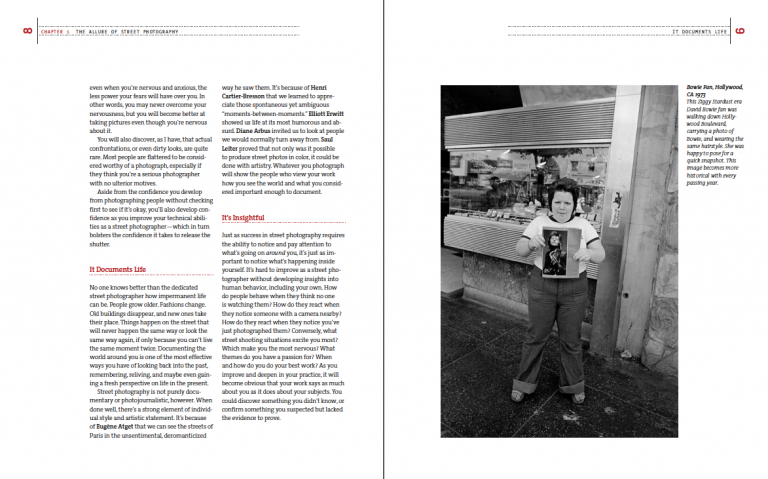
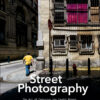
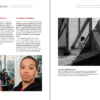
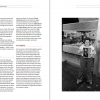
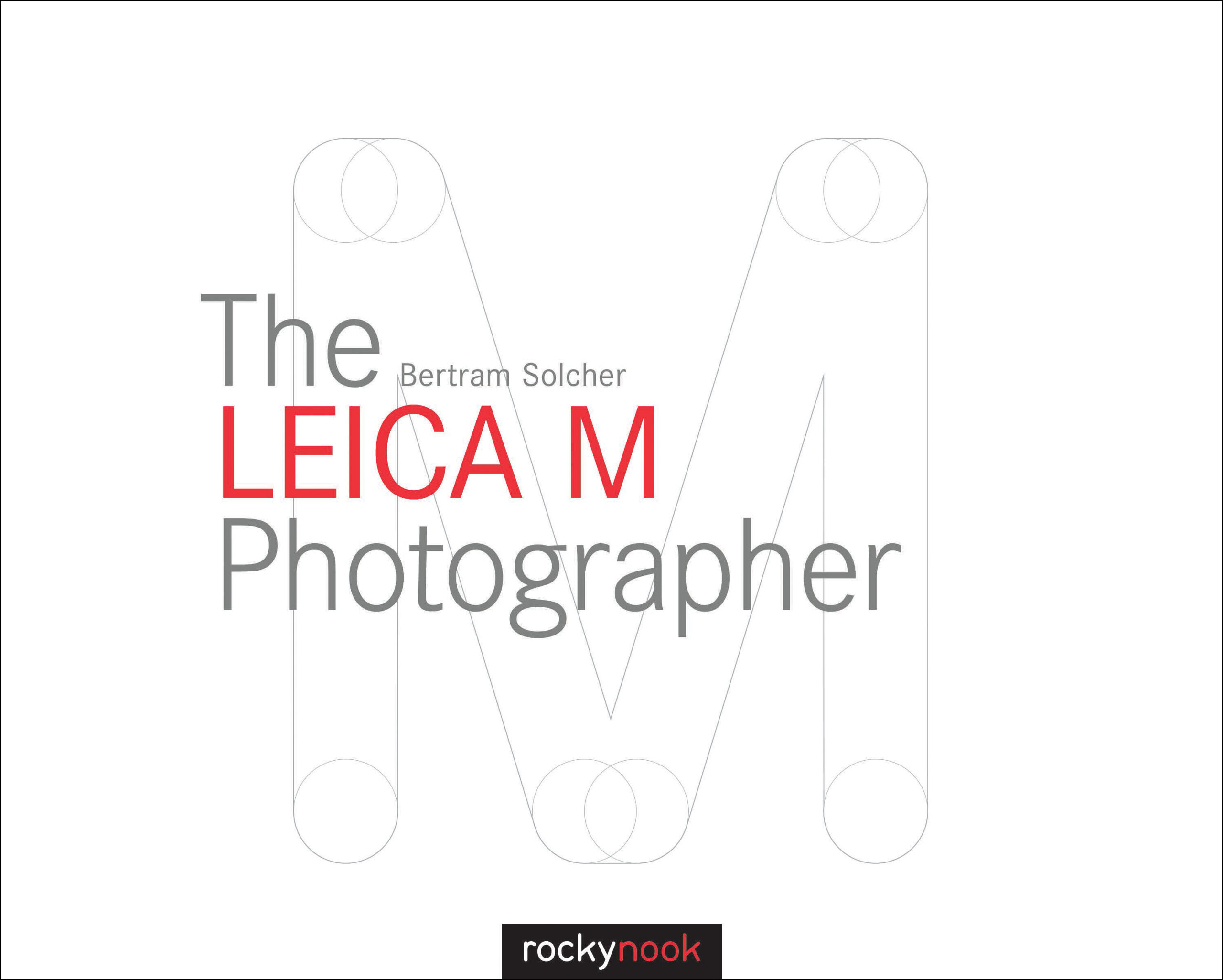

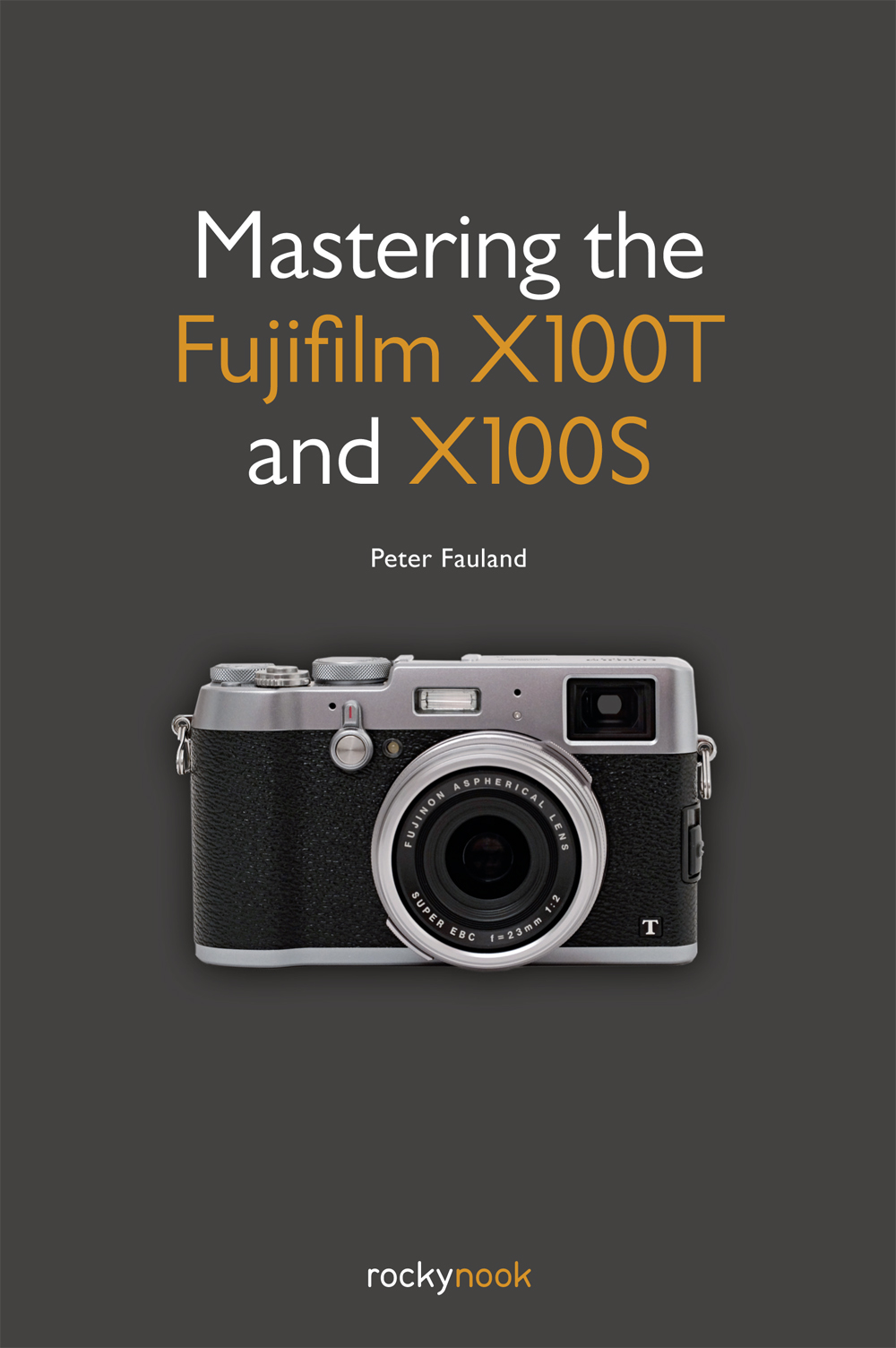


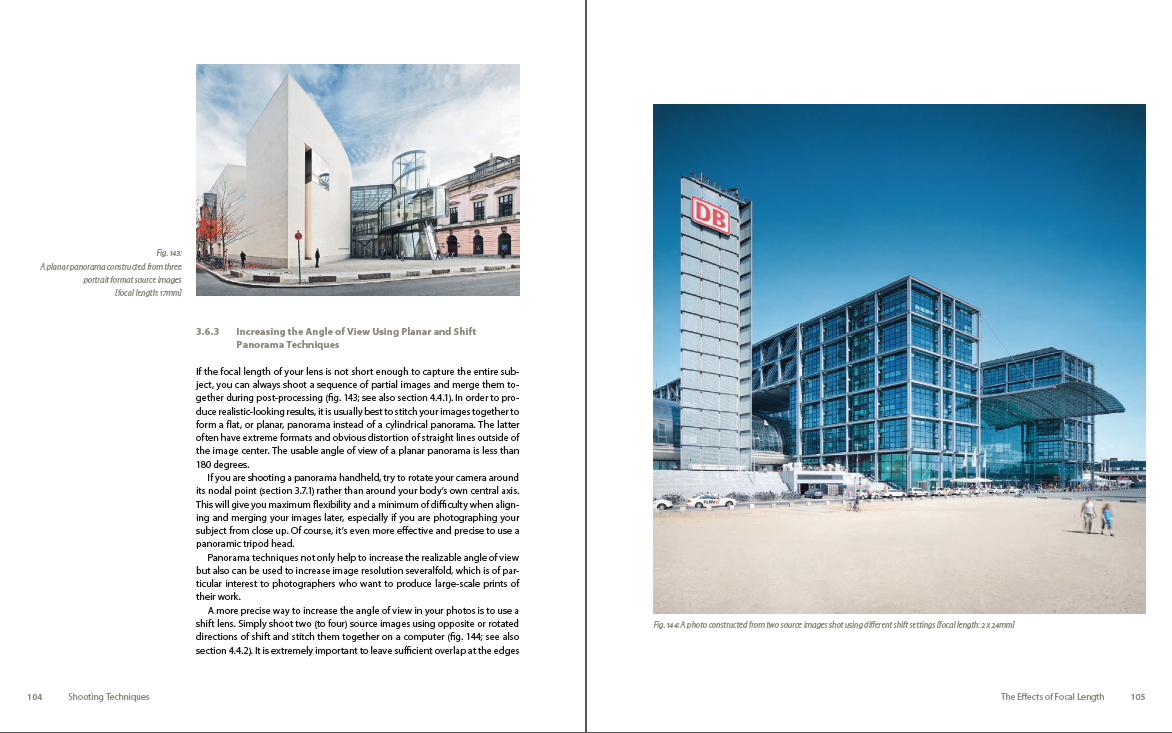

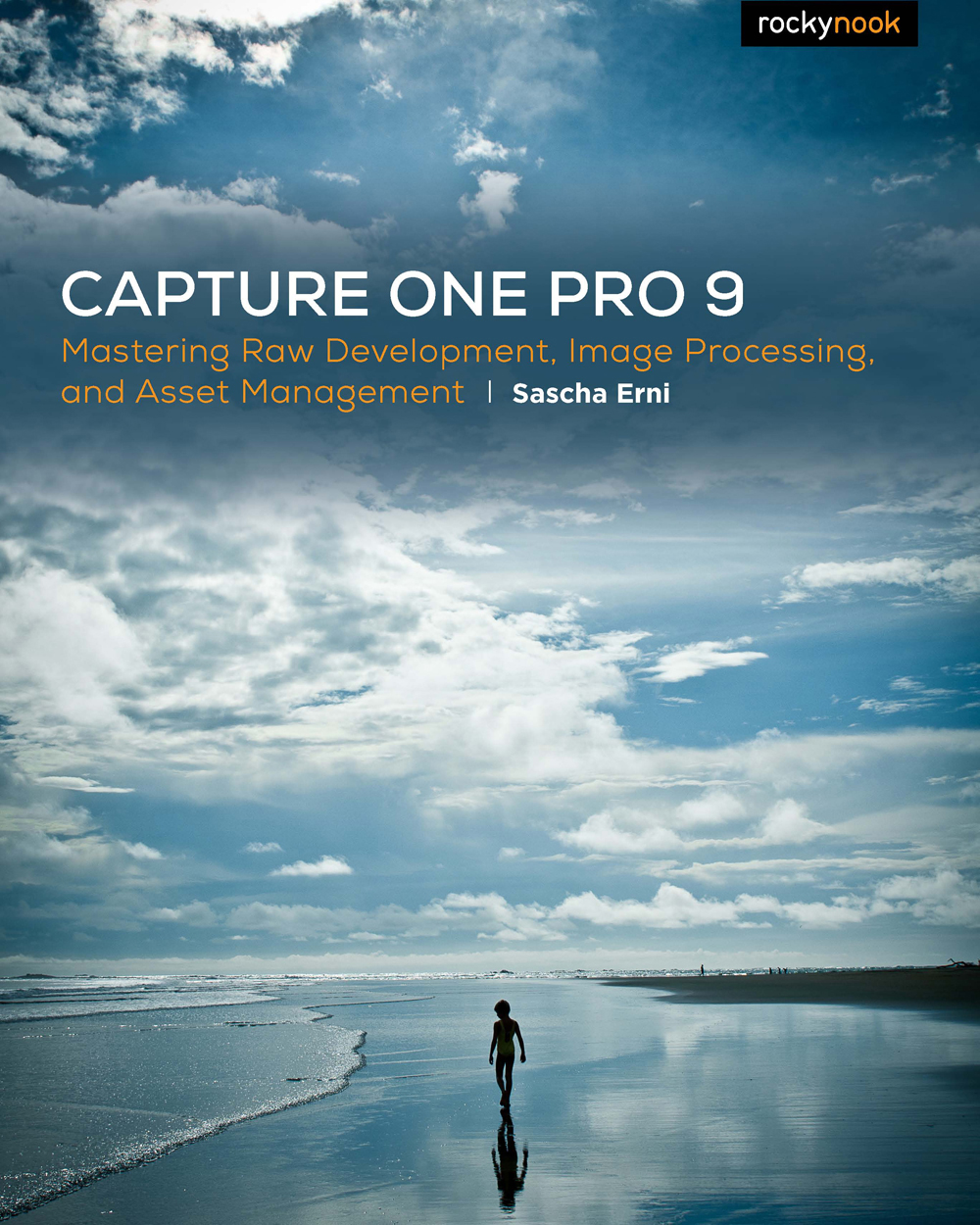
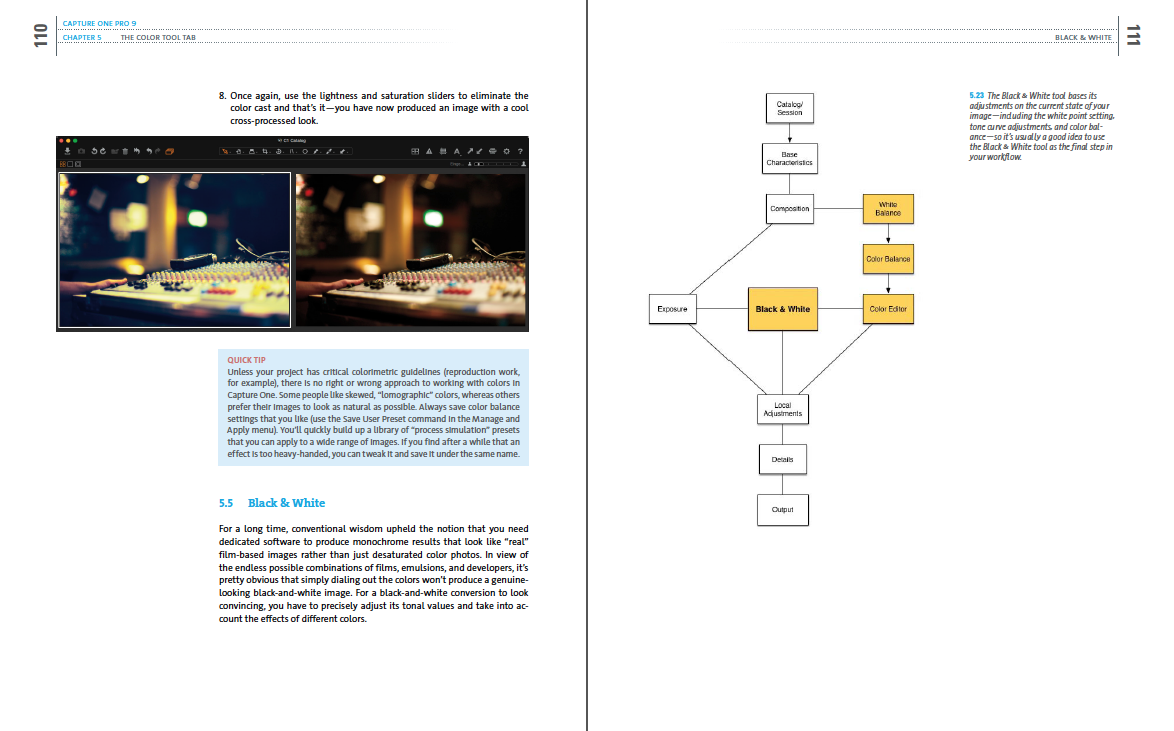
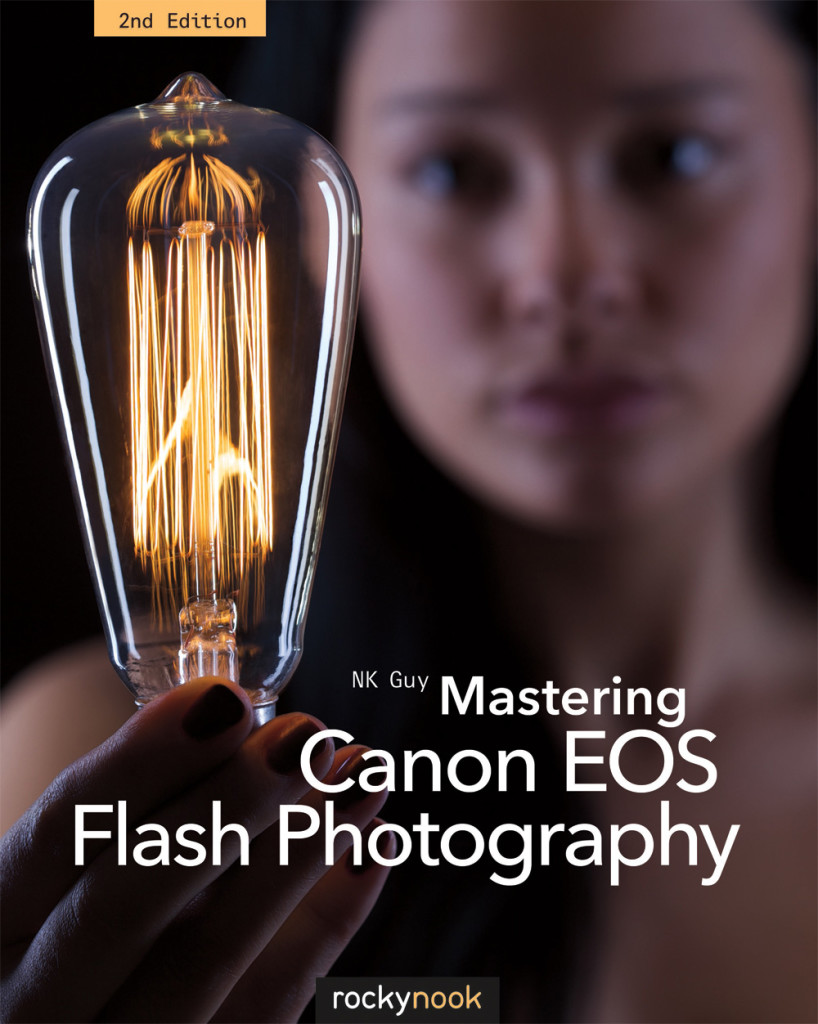
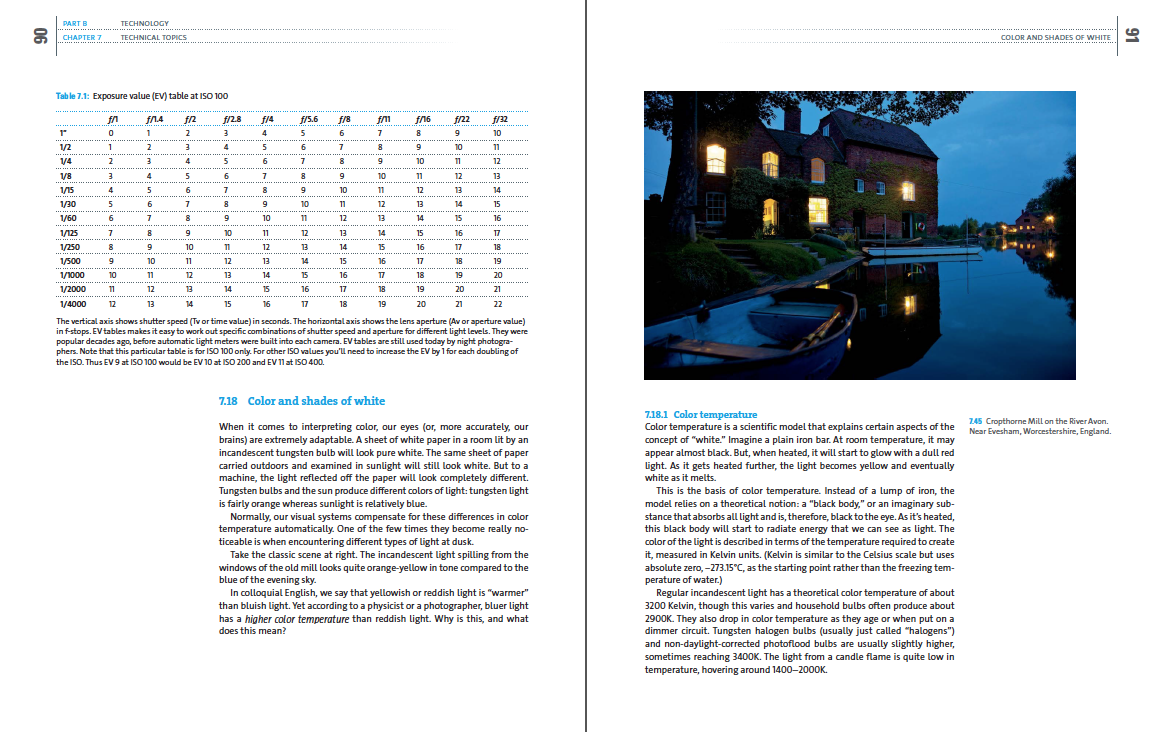
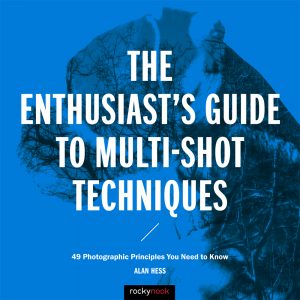
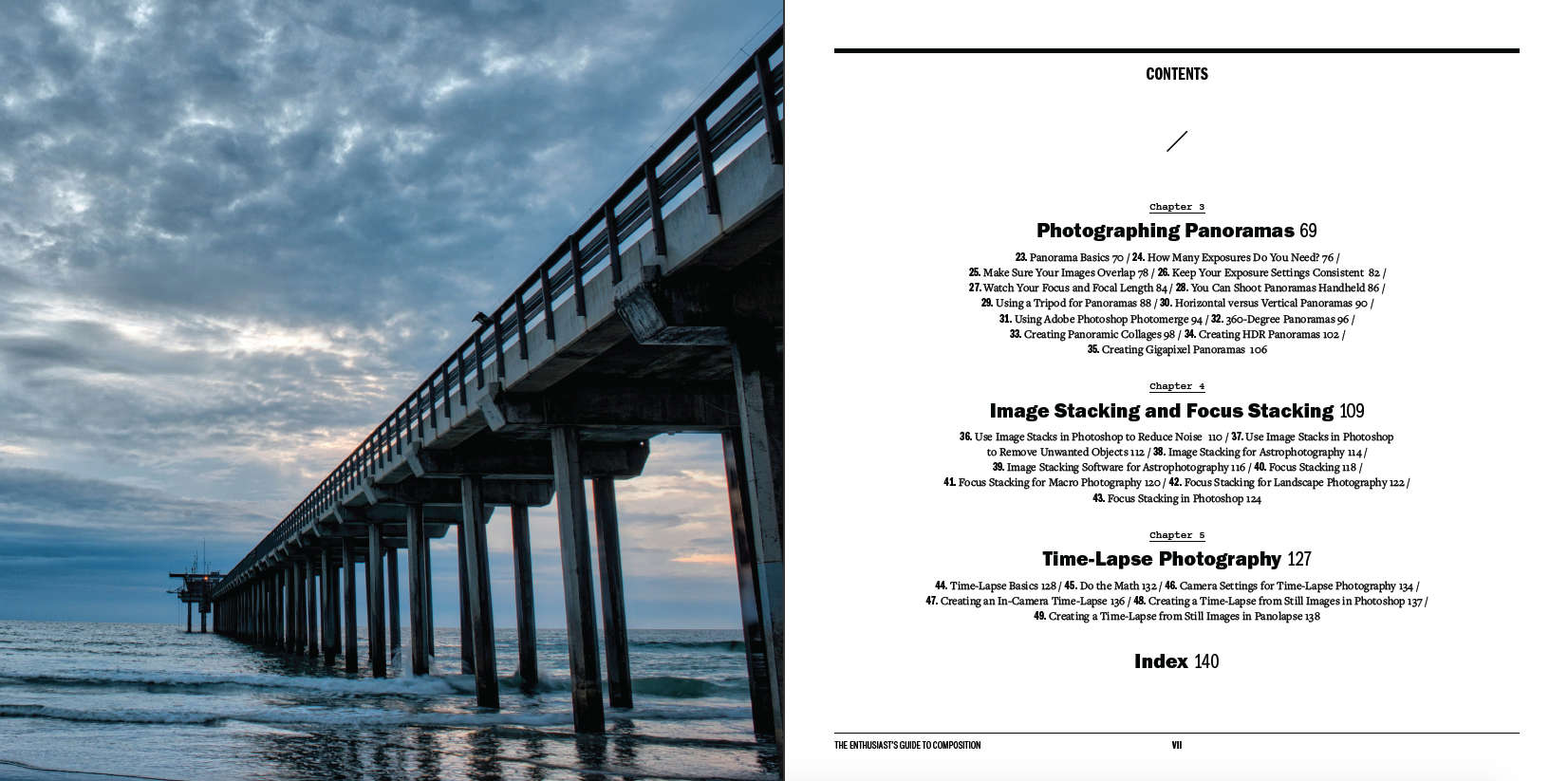

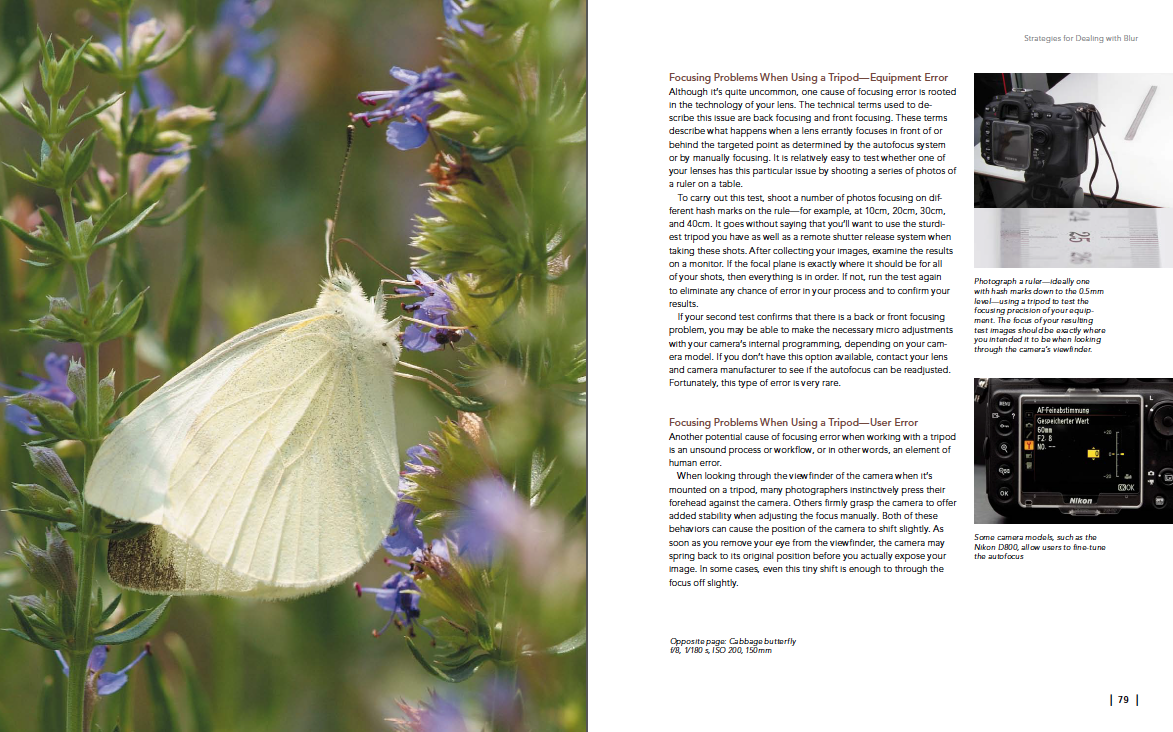

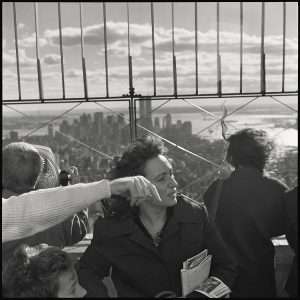
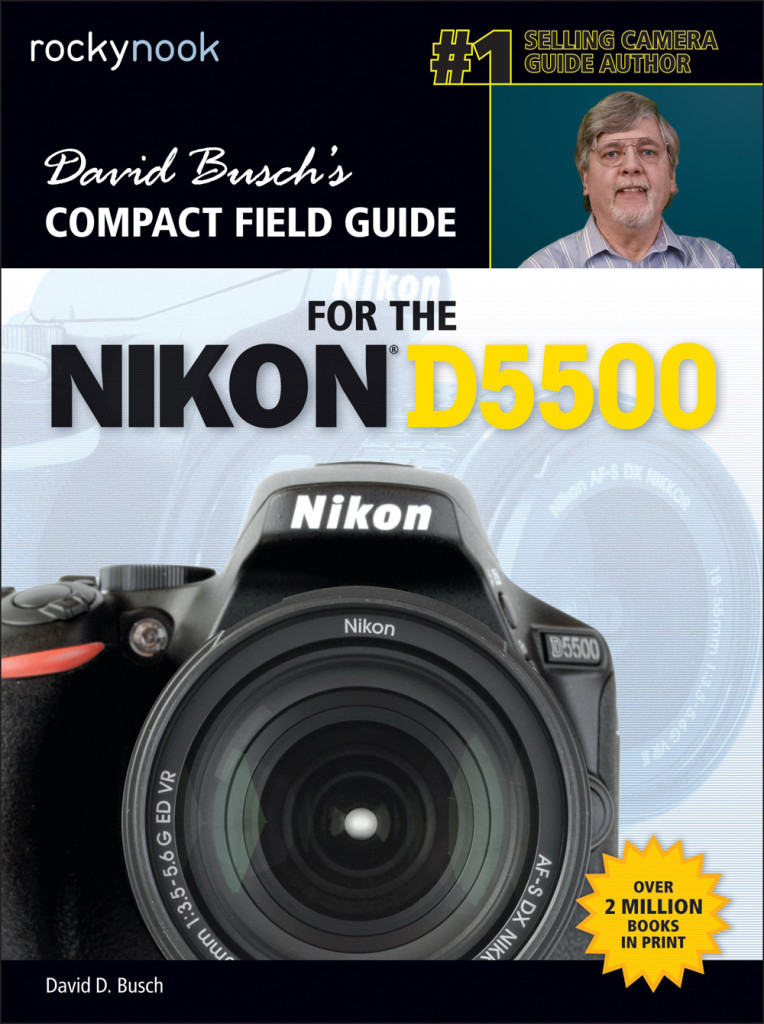
wepsphoto
I’ve never fully understood the concept of good street photography. Images often look like any other snapshots- they rarely look “professional”. Much of this is due to the nature of how street photography is done- lenses tend to be wide angle, losing the ability to selectively focus. Lighting is almost always done as it exists- and while that may be intriguing, it’s limiting and rarely “artistic”. And then there’s the amazing latitude given to an image labeled as street photography- it may be out of focus, pixelated, noisy, poorly composed, badly exposed- and yet it’s a quality “street photograph”. At times it feels like the term simply excuses poor craftsmanship.
Lweis does not claim to be an expert on the subject, but he does do a tremendous job shedding some light on what street photography is. In a word, it’s about subjectivity. Street photography is about finding meaning in the world around you, challenging yourself to find that “decisive moment” that tells a story or illustrates an idea. It captures a moment in time that creates a summary of a larger whole in the photographer’s mind. It is, as such, subjective. There are some images that will speak to everyone, others that will appear trite when presented without the photographer’s viewpoint, and still others that will appeal only to the photographer. Lewis celebrates this style of photography, validating its importance to both the shooter and the processes of art and exploring.
The book is not a definitive work on any single element of street photography- discussions on gear, techniques, and venues inspire one to explore one’s own preferences-again, this is subjective work, but there are common challenges (like camera size/noise/etc.) that will affect all street photography. These issues are addressed and multiple solutions are offered, but there is no “correct” solution – the photographer need not be constrained by the author’s own ways.
Lewis writes that the great street photo “is the exception, not the norm.” This is a most important point- shooting in the street provides lots of images, but the inherent lack of control means that the truly great image will include some serendipity. You don’t hit the street to capture an amazing moment, you go out to capture many moments, knowing that the chance moment may reveal itself to the trained eye, and that will be your opportunity.
I really enjoyed reading this book- it’s a quick read that’s friendly and simple. Unlike many photography books that leave you overwhelmed and feeling sophomoric in the literary presence of a master, Street Photography is an invitation to embrace your interest in the everyday world and to bring it to life after it has occurred. It’s a down-to-earth welcome letter inviting your participation in a craft that needs no special gear, skills or knowledge. As Frederick Van Johnson, host of the This Week in Photography podcast says, it’s time to “take off that lens cap” and start shooting. Very inspirational!